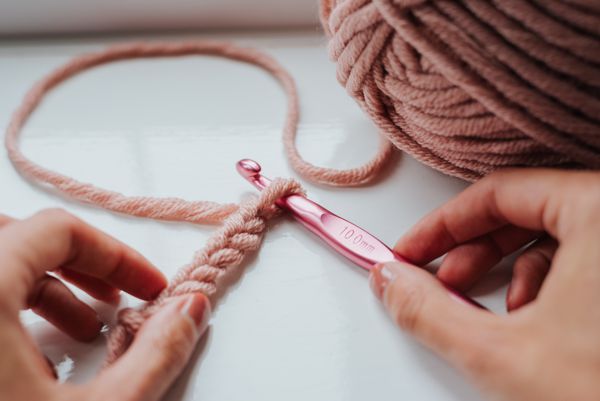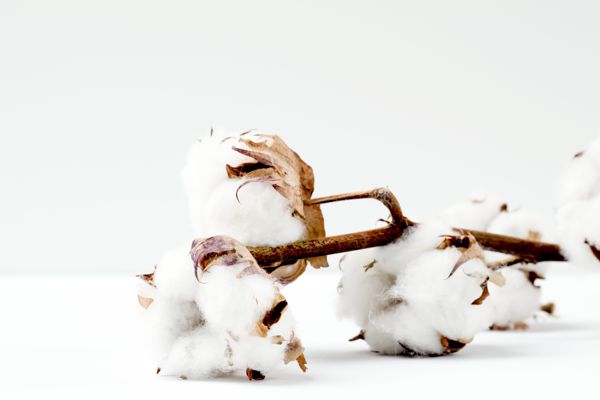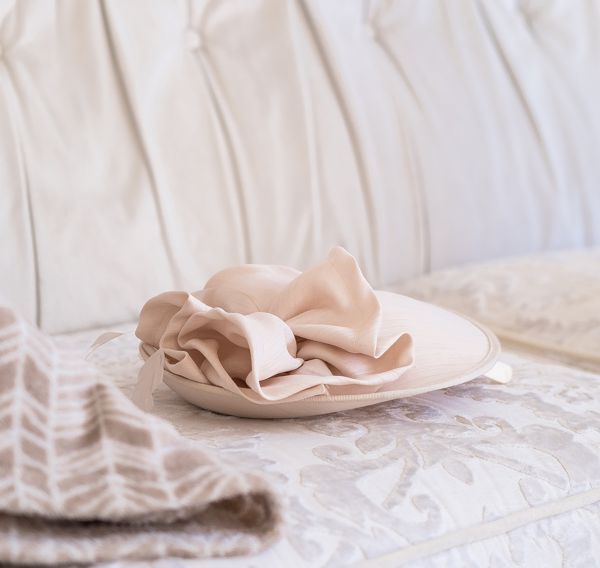Liebe Besucherin, lieber Besucher,
der Webbrowser den Sie verwenden, ist leider veraltet und wird nicht mehr unterstützt. Bitte verwenden Sie einen aktuellen Browser für mehr Sicherheit und Geschwindigkeit und um alle Funktionen auf unserer Webseite bestmöglich nutzen zu können.
Advantages and disadvantages of each type of wool
Warm, soft, comfortable - that's how all types of wool feel. It doesn't matter whether they are of animal or plant origin. So everything is simple? Not quite: because each type reacts differently to the seasons, the weather or individual processing. And the different production methods make for very different prices. But there's no need to worry, with this article you can keep track of everything.
Here is sheared for all it's worth: animal wool types
Sheep - the classic animal wool species
On very sensitive skin, it may leave a slight scratchy feeling, but it also offers many advantages. Because its fibers are protected by tiny scales. These bind air and therefore insulate particularly well against the cold. In return, they allow perspiration and other body fluids to pass through. The effect: the skin under the wool dries particularly quickly. And how easy is the finished wool sweater to care for? Here, unfortunately, a disadvantage of virgin wool manifests itself. When it is extremely hot, it quickly loses its shape or felts. Therefore, always wash the corresponding clothing according to the information on the outer band - in the machine on the wool cycle, cold or at 30 °!
Origin: sheep
Ideal for: Clothing such as sweaters, jackets, hats and scarves, virgin wool blends also for the transitional period.
Price level: inexpensive to moderate
Mohair - light and exotic
Mohair is the lightest of the wool types. Its fibers come from the Angora goat, whose dense and wavy hair is processed into a high-quality wool yarn. Originally, the Angora goat comes from Turkey, which also explains the name of the wool: in Arabic, the word "mohair" means fabric made of hair. The silky shiny wool feels soft and fluffy, but is not very stable. Processing it is therefore a bit more laborious. In rare cases, even tiny nodules can form on clothing.
Origin: Angora goat
Ideal for: Clothes, blankets, rugs, dolls or stuffed animals
Price level: moderate to expensive
Alpaca - especially good for allergy sufferers
Their origin? The Peruvian Andes. Their wool? Particularly soft and warm. That's right, we're talking about the alpaca - a cute but not very productive source of wool. Because their fur doesn't grow that quickly, they are only shorn every one or two years. In 360 days, they provide just enough wool for a sweater. On the other hand, alpaca wool is particularly resistant, odor-resistant and easy to care for. Unlike classic sheep's wool, it contains no lanolin. This makes it particularly suitable for allergy sufferers. Alpacas wear their fur in different shades from white to cream to dark brown. Therefore, alpaca wool is the only one of its kind that already has a color by nature.
Origin: Alpaca
Ideal for: Winter clothes
Price level: expensive
Grow, grow, harvest: plant wool species
Linen - has an antibacterial effect and hardly forms lint
The classic among natural fibers was forgotten for a long time. Now it is celebrating its return. And for good reason! Linen ...
- … has antibacterial effect
- … hardly forms lint and keeps its shape for a long time
- … is perfect for allergy to dust mites
- … is extra-sustainable: it also grows in dry soils and uses significantly less water than cotton
But: its fibers, also called flax, are obtained from the stems of the flax plant. These are somewhat porous by nature and hardly stretch.
Origin: Linen (also called flax)
Ideal for: Summer clothes
Price level: moderate to expensive
Synthetic fiber - chemical origin, versatile
Polyester, polyamide or polyacrylic: these are the names of well-known chemically produced wool types. But do they play any role at all if you want to knit by hand? Yes and no. Sometimes they are added to natural wool types during processing. So take a look at the product description! Then you will know what is in the wool. In addition, there are also pure synthetic yarns, which are characterized by high durability and good care properties.
Viscose - the mixture makes the difference
Viscose is obtained from fibers of beech wood, pine, spruce or even bamboo. However, these are then chemically processed. This creates a versatile artificial yarn that you can use perfectly for knitting.the mixture makes it
By the way, viscose used to be known as artificial silk because it has a similar feel to real silk.






